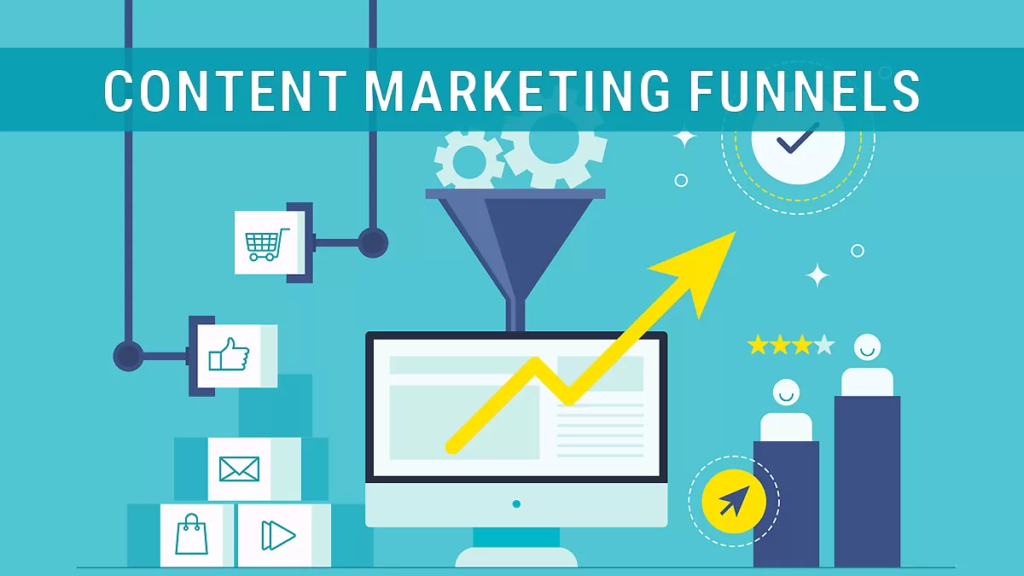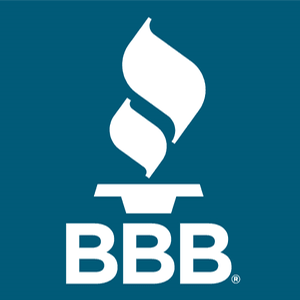
A content marketing funnel is a powerful tool for any business aiming to attract and retain customers. It guides potential customers through different stages—from gaining awareness of your brand to making a purchase and beyond. If you’re a business owner, having a well-defined content marketing funnel can help you create targeted messages that speak directly to the needs of your audience at each stage of their buying journey.
However, without a content marketing funnel, you may face several challenges. You might struggle to convert website visitors into customers because they’re not receiving the right information at the right time. This can lead to missed sales opportunities and inefficient marketing efforts, as you’re not nurturing your leads effectively throughout their decision-making process. Therefore, integrating a content marketing funnel is crucial for streamlining your marketing strategy and boosting your business’s growth.
Table of contents
Why the Content Marketing Funnel is Crucial for Business Success
The content marketing funnel is a powerful tool for businesses to drive success. It guides potential customers through a journey, from first hearing about your business to making a purchase. This process is crucial because it helps companies deliver the right message at the right time, increasing the value of content marketing. By effectively using a content marketing funnel, businesses can build trust, educate their audience, and ultimately boost sales. This strategy ensures that every piece of content serves a purpose, maximizing the impact and value of content marketing efforts. Integrating it into your SEO strategy is crucial, as it helps optimize visibility and engagement at each stage. Without this funnel, businesses may struggle to convert visitors into customers, missing key sales opportunities. Additionally, a well-structured content marketing funnel can help businesses get rid of spam leads, ensuring higher quality prospects and better conversion rates. Therefore, a well-defined content marketing funnel not only streamlines your marketing efforts but also significantly boosts business growth.
What is a Content Marketing Funnel
A content marketing funnel helps marketers see how to use their existing content to attract potential customers and guide them through their journey until they reach a goal, like making a sale, signing up for a demo, downloading something, or another type of conversion. For instance, integrating a digital marketing strategy for the global market can be crucial in reaching a broader audience.
Each stage of the funnel has a specific purpose, such as getting attention, generating good leads, and closing deals. Search engine optimization (SEO) and PPC management services can be pivotal in these stages.
This funnel helps brands see where they might be missing content along the customer journey.
For instance, if a brand has a lot of content for people who are just becoming aware of their products but not enough for those ready to make a decision, they should focus on creating more content for the decision stage.
So, what is a content marketing funnel? It’s a plan to engage and convert potential customers through relevant content.
What are the Levels of the Content Marketing Funnel?
Generally, the content marketing funnel has three stages. The first stage, known as the top of the funnel or TOFU, is where people first learn about the brand. The second stage called the middle of the funnel or MOFU, is when potential customers interact with your company and think about why they should choose you. The last stage, known as the bottom of the funnel or BOFU, is when the decision-making process ends, and the aim is to close a sale.
Top of the Funnel (TOFU)
The top-of-funnel is the starting point where you create content to attract potential customers. Here, you introduce your brand to a broad audience, aiming to maximize brand awareness. This is your opportunity to make a great first impression. Focus on producing content that is captivating, and appealing, and encourages people to discover more about what you provide. Utilizing digital marketing trends can help keep your content fresh and relevant.
Middle of the Funnel (MOFU)
The middle-of-the-funnel stage is when potential customers are thinking about choosing your brand and want to know more about your business. They might be looking at success stories from other customers, checking your social media, or reading guides that compare what you offer to other options. At this point, your aim is to teach them about what you offer so they feel confident in choosing to work with your company. Incorporating a digital marketing strategy for your business can be particularly effective here.
Bottom of the Funnel (BOFU)
The bottom-of-the-funnel level is the final step where customers decide to buy. Here, you help customers who are ready to choose but aren’t sure what to do next. Your aim is to turn these ready buyers into paying customers. Remember, some customers might quickly go through the buying process in a few minutes, while others might take weeks to decide. Your job is to figure out where each customer is in their buying journey and give them specific content to guide them.
Source: mailchimp
Evaluating the Impact of Content Marketing
To really understand how valuable your marketing funnel is, you need to know how content marketing works at each stage. Here’s how you can check how well your content is doing throughout the funnel:
- Track Key Performance Indicators (KPIs): Find and follow the right KPIs for each part of the funnel to see how your content is doing. Look at things like how many people visit your website, how engaged they are, how many leads turn into customers, and how many customers keep coming back. These numbers tell you if your content strategy is working.
- Use Attribution Modeling: Use attribution modelling to figure out which parts of your content are helping make sales or conversions. Models like first-touch, last-touch, or multi-touch attribution help you see which content pieces are most important in making sales and earning money.
- Do Content Audits: Check your content regularly to make sure it’s still relevant, high-quality, and effective. Find content that your audience likes and use it more across the funnel. If some content isn’t doing well, update it or stop using it to keep your content strategy strong. Consider using a digital marketing audit for global markets to ensure a comprehensive review.
- Use Marketing Analytics Tools: Use marketing analytics tools to get useful information about how your content is performing. Tools like Google Analytics, HubSpot, and SEMrush offer strong analytics that help you track, study, and improve your content marketing efforts.
Maximizing the Value of Your Marketing Funnel
Equipped with a deep understanding of your marketing funnel’s value, it’s time to refine your content marketing approach for optimal results. Here are practical steps to boost your content efforts:
- Customize Content Experiences: Shape your content to meet the specific needs, preferences, and challenges of your audience at different stages of the funnel. Customizing content boosts engagement, builds trust, and improves conversion rates. Implementing a Facebook ad strategy can be highly effective in this customization.
- Diversify Content Types: Experiment with various content forms like videos, podcasts, infographics, and interactive quizzes to suit different learning styles and preferences. Testing different types allows you to discover the most effective methods for engaging your audience and enhancing conversions.
- Implement Automation and AI: Utilize automation and AI tools to simplify the processes of content creation, distribution, and analysis. Tools like automated workflows, chatbots, and predictive analytics help provide timely, relevant content experiences and improve campaign efficiency.
- Enhance Cross-Channel Integration: Eliminate barriers between different marketing channels and ensure cohesive integration across all platforms and touchpoints. An integrated omnichannel approach ensures consistent messaging and experiences, boosting brand recognition and customer loyalty.
Conclusion
In conclusion, a content marketing funnel is essential for guiding potential customers through their buying journey, from first learning about your brand to making a purchase. By creating targeted content for each stage of the funnel—awareness, consideration, and decision—you can ensure that your marketing efforts are efficient and effective. Without a well-defined funnel, you risk losing potential customers due to a lack of timely and relevant information. Therefore, integrating a content marketing funnel into your strategy is crucial for nurturing leads and boosting sales. For more information or assistance, feel free to contact us.
FAQs
A marketing funnel comes before a sales funnel. The marketing funnel’s job is to attract people to the brand and introduce them to it. The sales funnel’s job is to take these people, who may not know much or only a little about the brand, and lead them to make a purchase.
The Top of the Funnel Problem: An Overlooked Opportunity
People who are just starting to learn about a problem are not ready to buy yet, so many companies don’t focus on them.
Common problems with sales funnels include not having a clear funnel, not getting enough leads at the top, and having poor-quality leads. These can be fixed by aligning the funnel with business goals, increasing visibility and lead generation, and targeting the right audience.






